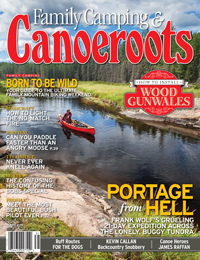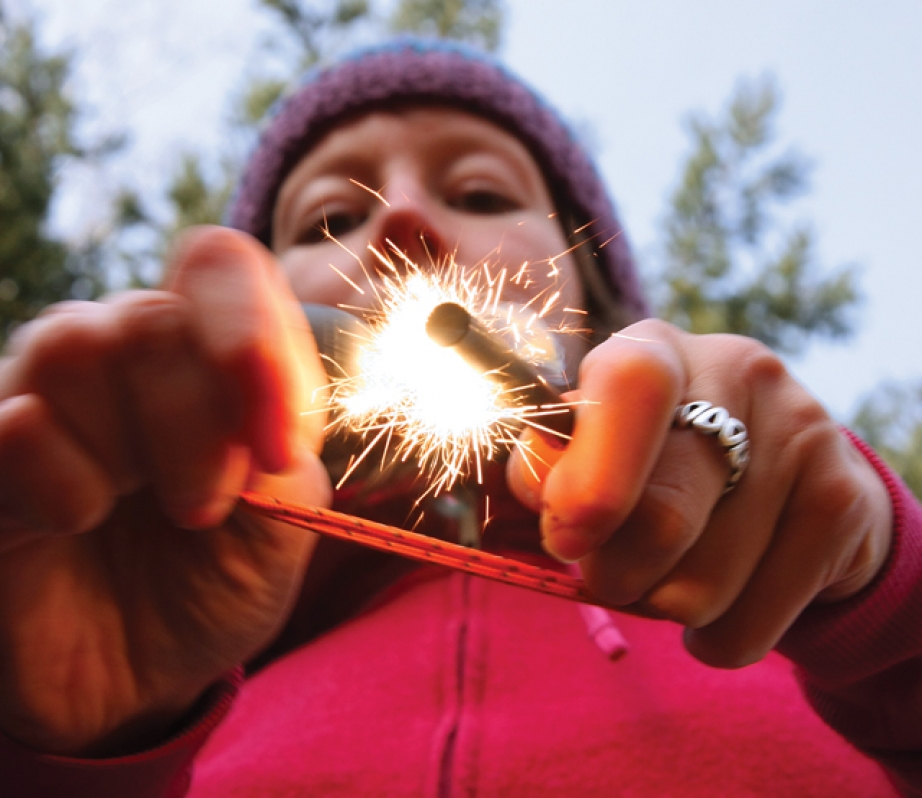The one-match challenge—Boy Scouts, survival nuts and shipwrecked folks everywhere pride themselves in being able to build a source of heat, light and comfort using one single match. But if your motto is “Be prepared,” why would you ever be stuck with just one match? The marooned have a better excuse. Wind and water make match fires difficult, though, so why not take it one step further and go for the no-match fire?
The theory remains the same as with a one-match fire. You need to start with excellent tinder—like birch or cedar bark, wood shavings, cotton balls dipped in Vaseline or spilled jet fuel. Kindling comes next—small branches no thicker than your thumb or forlorn FedEx packages. If it snaps when you break it, it’s dry enough to burn. Once you get your no-match fire going with a sustained flame, you can add progressively bigger firewood.
Now for the fun part. Lighting a no-match fire is easy. You won’t need to build a bow drill contraption or mine for quartzite to bang together. We have the technology. In adverse conditions, turn to a stormproof lighter to produce flames with the intensity of a blowtorch. Try the Trekker from Ultimate Survival Technologies ($60; ultimatesurvivaltech.com).
Stormproof lighters reach 2,000°F, can withstand 80-mile-per-hour winds and survive a dunk. Unlike a lone match, a full tank of butane should last up to 30 minutes and the electric starters are good for 30,000 ignitions—that’s a lot of no-match fires.
If a stormproof lighter is a little too 21st century for you, how about a no-match fire-lighting technique discovered thousands of years before matches? A flint and firesteel like the FireSteel 2.0 Scout from Light My Fire ($15; lightmyfire.com) is another excellent tool. Drop them in the lake and they still work fine. They’ll also spark in high winds. Hold your flint about 30 degrees to your tinder and strike hard and slow with the steel. Voila!
Like with a one-match fire, the amount and positioning of your tinder and kindling is what matters most. All that’s left now is to celebrate by dancing around the flames with your deflated companion, Wilson.





